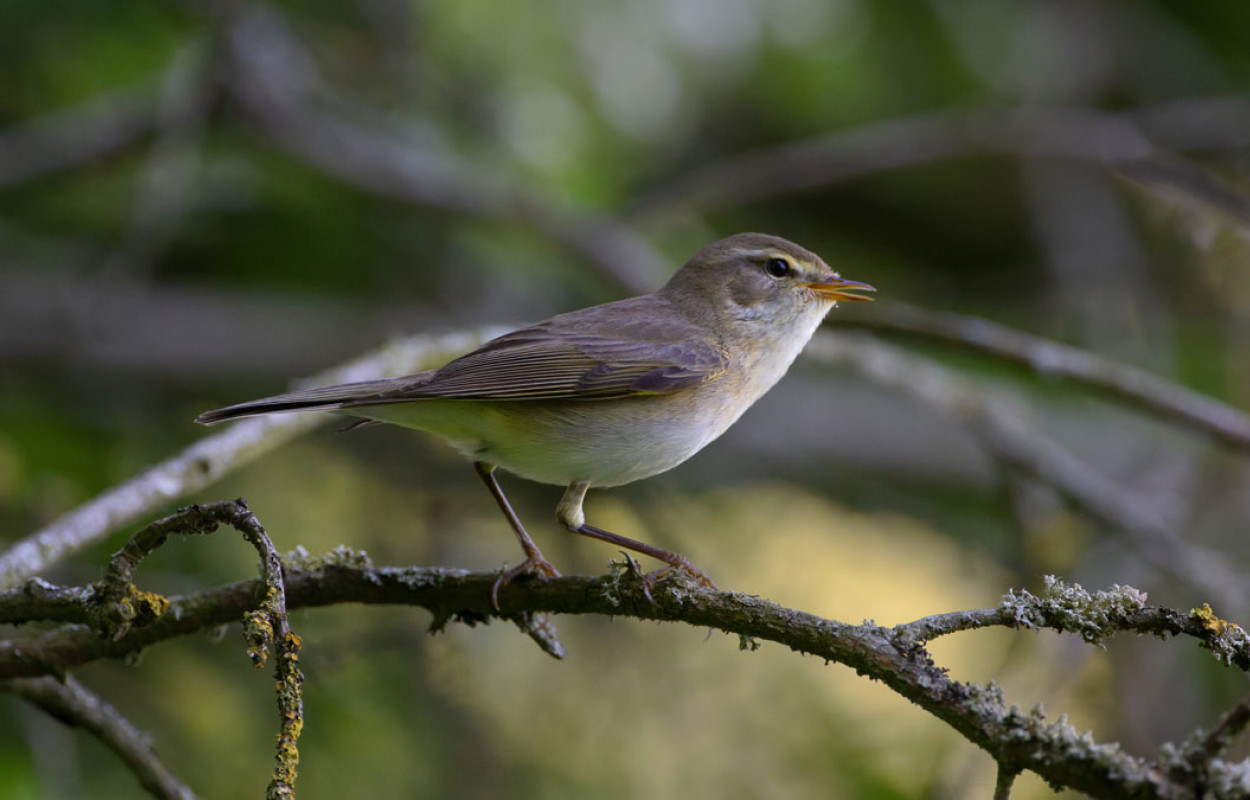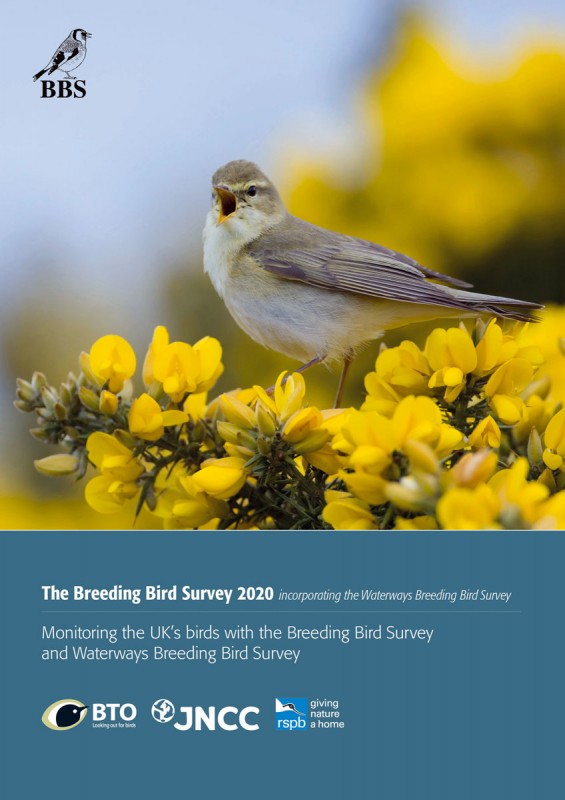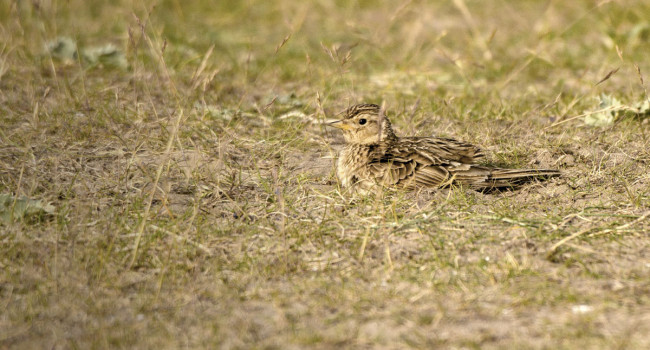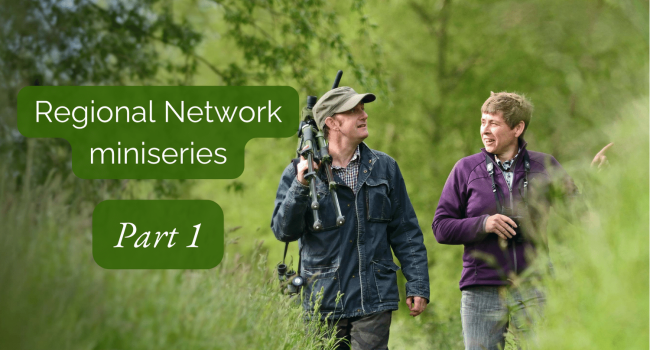The Breeding Bird Survey 2020

Author(s): Harris, S.J., Massimino, D., Balmer, D.E., Eaton, M.A., Noble, D.G., Pearce-Higgins, J.W., Woodcock, P. & Gillings, S.
Published: May 2021 Issue No.: 736
Publisher: British Trust for Ornithology
ISBN: 978-1-912642-28-1
Download article 3.26 MB application/pdf
Restrictions were lifted in time for some volunteers to survey their allocated squares, and fortunately, enough late-season visits were made in England to allow selected trends to be produced.
As a result, the latest BBS report uncovers interesting trends for two very similar warblers in England: the Willow Warbler and the Chiffchaff.
However, this report shows that their fortunes are quite different. During the last 24 years, the breeding population of Willow Warblers in England has declined by 45%, whilst that of the Chiffchaff has increased by 114%.
Despite their similar appearance, they have different migration and overwintering behaviours. Willow Warblers are long-distance migrants and spend the winter in Sub-Saharan Africa, whereas Chiffchaffs are short-distance migrants, heading only as far as Europe or North Africa for the winter – and some even stay in the UK. It is likely that they face different pressures during their respective migration and overwintering periods, which is thought to have contributed to their disparate long-term trends.
Other highlighted trends include the increase of Nuthatch and Great Spotted Woodpecker populations, and the number of Red Kites has surged in the past 24 years, despite heading towards extinction in the early 80s.
View trends graphs and tables for 2020 results
The BBS is the main scheme for monitoring the population changes of the UK’s common breeding birds, providing an important indicator of the health of the countryside. BBS trends are produced each year for more than 115 species, and the results are used widely to set priorities and inform conservation action.
In 2017, the Breeding Bird Survey Partnership adopted the Waterways Breeding Bird Survey, previously funded by BTO with financial support from the Environment Agency, and this report now incorporates news, trends and research from this waterways-specific monitoring scheme.
Thanks to all surveyors who contributed to this report.













Share this page